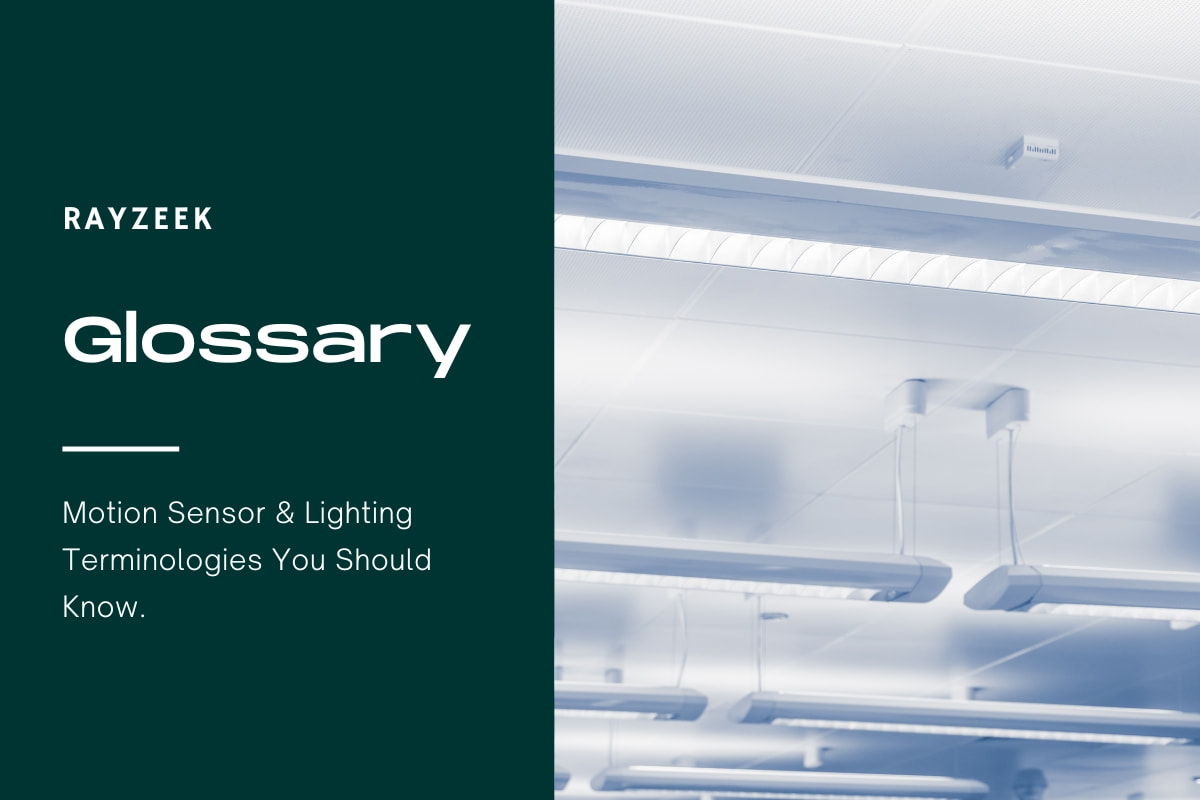What is Current Controlled Dimming
Current controlled dimming is a method to regulate and adjust the intensity of lighting fixtures by manipulating the current flowing through them. This technique allows for precise control over the brightness levels of the lights. There are two commonly used standards for 0-10V dimming: IES Standard 60929 Annex E and Standard ESTA E1.3.
Looking For Motion-Activated Energy-Saving Solutions?
Contact us for complete PIR motion sensors, motion-activated energy-saving products, motion sensor switches, and Occupancy/Vacancy commercial solutions.
In the case of IES Standard 60929 Annex E, which was originally designed for dimming ballast lighting but is also applicable to LED drivers, the control voltage is sourced by the device under control. The controller then reduces the returned voltage to the lighting fixtures, resulting in varying levels of light intensity. The highest intensity is achieved when the returned voltage is at 10V, while the minimum intensity is obtained when the returned voltage drops below 1V.
On the other hand, ESTA E1.3 follows the current source control method. In this approach, the controller generates or sources the low voltage required for dimming the lighting fixtures. The device under control adjusts the lighting intensity based on the voltage received, with maximum brightness at 10V and minimum brightness at 0V.
Get Inspired by Rayzeek Motion Sensor Portfolios.
Doesn't find what you want? Don't worry. There are always alternate ways to solve your problems. Maybe one of our portfolios can help.









